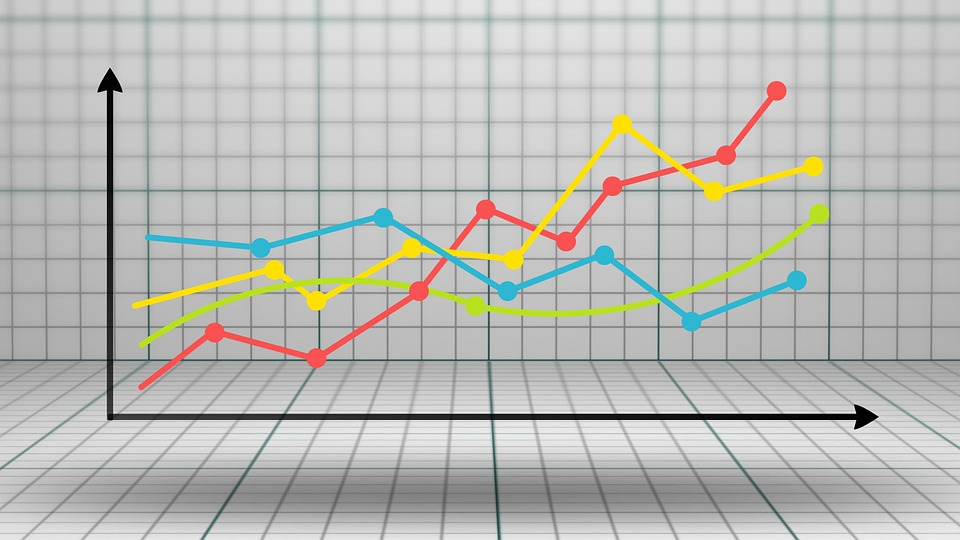2020 has been an economic seesaw, putting Americans personal financial satisfaction through the largest swing in the last quarter century. The AICPA’s Q3 2020 Personal Financial Satisfaction Index (PFSi) measures 33.1, a 99 percent (16.5 point) increase from the previous quarter. While this the largest quarterly increase in the 27-year history of the Index, it comes after Q2 saw the Index experience its largest ever quarterly drop.
Two labor market related factors, job openings per capita and underemployment, had the biggest impact on improving the overall PFSi. The primary factor driving the quarter-over-quarter rally was a 35 percent (37 point) decrease in underemployment. A decline in underemployment improves overall financial satisfaction. Though underemployment saw an improvement from the previous quarter’s painful record high, it remains 117 percent above its year ago level. For the second quarter in a row, underemployment remains the largest negative contributor to the average Americans personal financial satisfaction. The Q3 underemployment level reflects data measured through the middle of September.
The COVID-19 pandemic strained the U.S. economy and put millions out of work, causing Job openings per capita to experience a record plummet earlier this year. In Q3, job openings began to claw back, increasing 37 percent (20 points) above the previous quarter. The factor is now only 10 percent below its year ago reading pre-pandemic. The Q3 index is based on July data from the Bureau of Labor Statistics.
In Q3, the PFS 750 Market index, an AICPA proprietary stock index comprised of the 750 largest companies trading on the US Market, reached a new all-time high. The new high passed the previous record set in Q4 2019 by 6 percent. For the seventh quarter in a row, the Market Index is the biggest positive contributor to the Index. The Q3 value is determined by the stock market’s closing position at the end of the first trading day of Q4, which for this reading was October 1st.
“As Americans continue to navigate the economic impact of the COVID-19 pandemic, it is important to remember that the fundamentals of financial planning haven’t changed. Though the stock market’s record performance is encouraging, 2020 has served as a reminder of the volatile nature of markets,” said Dave Stolz, CPA/PFS chair of the American Institute of CPAs’ PFS Credential Committee. “As the impact of COVID-19 continues to play out across the country, investors should weigh their risk tolerance and ensure they have ample cash on hand. Further, a tax-efficient financial plan that includes a diversified portfolio can give confidence that long-term financial goals will remain within reach through this period of extreme uncertainty.”
For the more detailed Q3 2020 PFSi topline report, visit: aicpa.org/PFSi.
The PFSi is a quarterly economic gauge that measures the personal financial standing of a typical American. The index is calculated as the Personal Financial Pleasure Index (Pleasure Index) minus the Personal Financial Pain Index (Pain Index). These sub-indexes are each composed of four equally weighted proprietary and public economic factors which measure the growth of assets and opportunities in the case of the Pleasure Index, and the erosion of assets and opportunities in the case of the Pain Index. A positive reading of the PFSi indicates that the average American should be feeling more financial pleasure than pain and thus have an overall positive sense of financial satisfaction.
Thanks for reading CPA Practice Advisor!
Subscribe Already registered? Log In
Need more information? Read the FAQs




